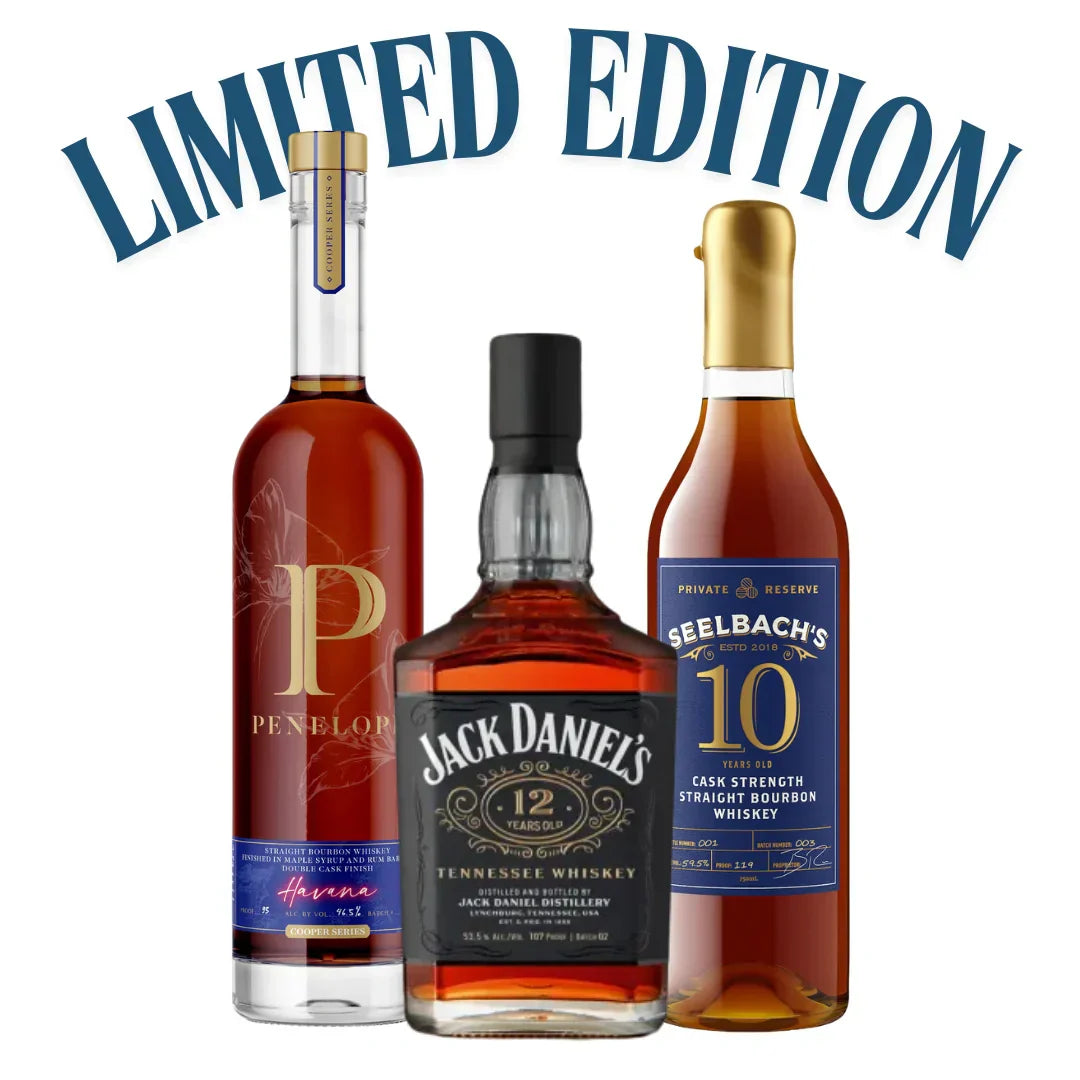4 Key Points About Tequila

You might not know much about tequila, apart from the occasional agonizing hangover after a night of too many shots. However, this Mexican spirit offers a great deal more than fuel for a wild party. Tequila comes in a variety of forms and can serve as the base for an equally wide range of delicious, sophisticated drinking options.
If you want to deepen your understanding of tequila, you'll want to learn more about how distillers make it, how different types of tequila offer different experiences, and how to turn it into different kinds of cocktails. The following four key points about this drink can help you launch your journey as a tequila connoisseur.
1. Tequila Comes From Agave
Spirits such as vodka can come from a variety of base products, from grains to potatoes, while others require a minimum concentration of a particular substance. Bourbon, for instance, must contain at least 51 percent corn in its mash bill. Genuine tequila must come from the heart of the blue agave plant.
In the past, distillers had to make their product out of 100 percent agave to call it tequila. Today, tequila must contain at least 51 percent agave, although you can still find percentages ranging up to 100 percent. Tequilas that combine distilled agave with a neutral spirit belong to a category known as mixto tequilas.
2. Tequila Belongs to the Mezcal Family
You might think that tequila and that other famous Mexican spirit, mezcal, bear little resemblance to each other. Technically, however, any spirit based on agave counts as a mezcal, including tequila. However, tequila uses a different kind of agave and goes through a different distillation process from drinks sold as mezcal.
Mezcal gets its classically smoky flavor from the fact that makers traditionally (but not always) cook the agave in earthen pits. By contrast, tequila makers steam the agave and then direct it into copper pots for distillation. Tequila also originates from a smaller number of specific regions in Mexico than mezcal does.
3. Tequila Comes in Several Variants
Age makes an enormous difference in the taste, appearance, and perceived quality of tequila. Some aficionados actually regard the youngest tequilas as the purest expression of the spirit. These tequilas, which typically receive less than 60 days of aging, earn the name Blanco due to their clear, uncolored appearance.
A tequila that undergoes more extensive aging in oak casks tends to take on a golden coloration. Distillers often classify this tequila as Reposado. Tequilas aged for at least one year earn the name of Anejo, while those aged for three or more years count as Extra Anejo.
Makers often blend aged tequilas with younger products, yielding a class of spirit known as Joven or Oro tequila. Don't let yourself get fooled by the golden color of these tequilas, which can look like Reposados. Always read the label carefully to make sure you buy the right product for your needs.
4. Tequila Can Prove Highly Versatile
While many people simply gulp down tequila shots accompanied by salt and lime, a well-made tequila can also offer much enjoyment sipped neat. If you want more variety, you'll find many cocktail recipes that include tequila as a prime ingredient.
If you've always enjoyed the mingling of lime, salt, and tequila, you'll probably love a classic margarita, which combines tequila, triple sec, and lime in a glass with a salted rim. You can vary this classic formula by adding coconut rum or even chili syrup.
If you like sweet, colorful, fruit-forward cocktails, you'll want to try a tequila sunrise. This flavorful concoction features tequila, orange juice, grenadine, and triple sec with a cherry for garnish, with the different liquids creating layers of different colors in the glass.
The Barrel Tap can connect you with an astonishing range of top-quality tequila products so you can conduct your own experiments with this remarkably individual spirit. Browse our online selection of tequilas while also replenishing other alcoholic beverages you might need for your personal bar.









